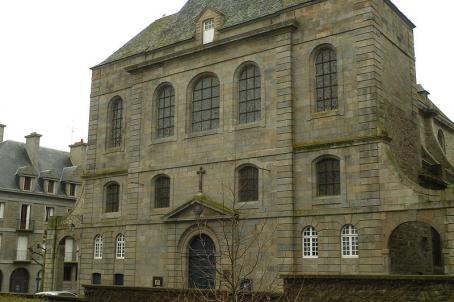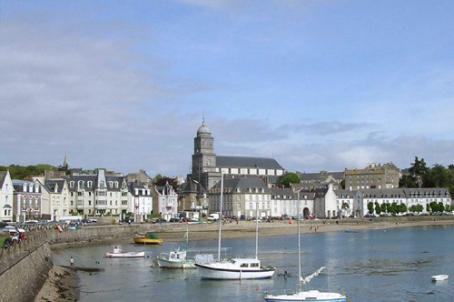Saint-Malo Cathedral
The Saint-Vincent-de-Saragosse Cathedral in Saint-Malo is one of the three cathedrals of the diocese along with those of Rennes and Dol. It is an ancient Roman Catholic cathedral. It is dedicated to Saint Vincent de Saragossa, a martyr of the early 4th century. Its architecture mixes the Romanesque and Gothic styles, it is classified as a historical monument of France. Its architecture presents an interesting summary of sacred art from the Romanesque sculptures of its nave to contemporary achievements. Located in the heart of the historic city within the walls, the cathedral, classified as a "Historic Monument", was seriously damaged during the liberation battles at the end of the Second World War like the rest of the city which was 80% destroyed and rebuilt with great care.
About this building
The cathedral was built under the episcopate of Jean de Châtillon (1146-1163), on the site of an old church founded in the 7th century and raised in the 9th. Part of the cloister, the nave, the transept crossing and a span of the north and south arms remain from the 12th century building. The choir was rebuilt in the 13th century, and the tower begun in the 12th century was raised in 1422. The south aisle and three chapels of the choir date from the 15th century. In the late 16th and early 17th centuries (1583-1607) the north side aisle was rebuilt and the north transept was enlarged. The rosary wing to the south was begun between 1623 and 1631. In the 18th century, the south chapel was built, the bell tower was raised, and the façade was rebuilt (1772-1773). The building underwent further alterations in the 19th and 20th centuries (reconstruction of the spire destroyed by bombardments in particular). The door, formerly in the courtyard of the Hôtel-Dieu and placed in the cathedral, dates from the 1st quarter of the 17th century.





